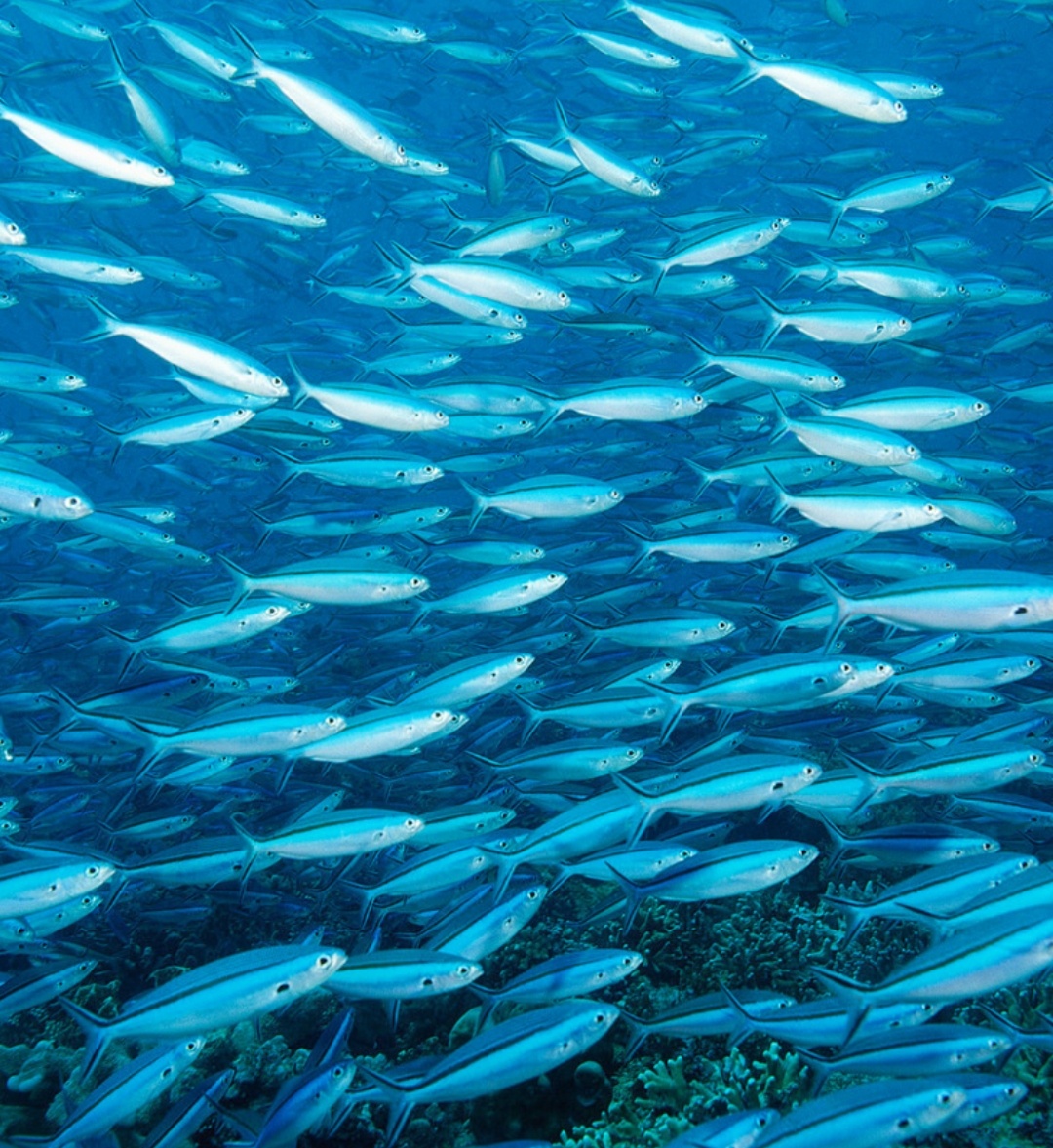The world’s oceans, covering over 70% of our planet’s surface, are not only a source of awe-inspiring beauty but also a crucial component of global ecosystems. They support an astonishing array of life, provide food for billions of people, and play a pivotal role in regulating the Earth’s climate. However, as our demand for seafood continues to rise, the health of our oceans is at risk. Unsustainable fishing practices threaten marine biodiversity, food security, and the livelihoods of millions. In this article, we explore the concept of sustainable fishing and how it can be a powerful catalyst for achieving the United Nations Sustainable Development Goals (SDGs).
The State of Our Oceans
Before delving into sustainable fishing practices and their alignment with the SDGs, it’s essential to understand the current state of our oceans. Oceans are under immense pressure due to overfishing, habitat destruction, pollution, and climate change. Here are some alarming statistics:
Over 33% of fish stocks are overfished, and 60% are fully exploited, meaning they are harvested at or near their maximum sustainable yield (FAO, 2020).
Bycatch, the unintentional capture of non-target species, accounts for nearly 40% of global marine catches, leading to the wasteful loss of biodiversity (FAO, 2020).
Over 3 billion people rely on seafood as their primary source of protein, making sustainable fishing vital for food security (FAO, 2020).
Ocean ecosystems provide services worth an estimated $2.5 trillion annually, including climate regulation and carbon sequestration (Halpern et al., 2015).
To address these challenges, sustainable fishing practices have emerged as a key strategy for safeguarding marine ecosystems and achieving the SDGs.
Sustainable Fishing: A Holistic Approach
Sustainable fishing is more than a set of guidelines; it’s a holistic approach to managing fisheries with the long-term health of marine ecosystems in mind. It involves the responsible harvesting of aquatic species while minimizing negative impacts on the environment, other species, and local communities. Sustainable fishing practices can be aligned with several United Nations SDGs, including:
SDG 2: Zero Hunger
Sustainable fishing practices contribute to ensuring access to safe, nutritious, and sufficient food for all. By promoting responsible and well-managed fisheries, we can enhance global food security and alleviate hunger. Fish provides a critical source of protein and essential nutrients for millions of people worldwide.
SDG 14: Life Below Water
This goal explicitly focuses on the conservation and sustainable use of oceans, seas, and marine resources. Sustainable fishing practices are at the heart of SDG 14. By reducing overfishing, mitigating bycatch, and protecting marine habitats, we can conserve marine biodiversity and maintain the resilience of ocean ecosystems.
SDG 8: Decent Work and Economic Growth
Many coastal communities rely on fishing as their primary livelihood. Sustainable fishing practices support the economic growth of these communities by ensuring the long-term viability of their fisheries. This helps create decent work opportunities and promotes economic development.
SDG 12: Responsible Consumption and Production
Promoting sustainable fishing practices encourages responsible consumption of seafood. Consumers can make choices that support sustainable fisheries, reduce waste, and minimize their ecological footprint.
Key Sustainable Fishing Practices
Science-Based Management: Implementing science-based fishery management is essential. This involves setting catch limits and quotas based on the best available data to ensure that fish stocks remain healthy and productive (Garcia et al., 2019).
Reducing Bycatch: Bycatch is a significant issue in fisheries worldwide. Implementing measures to reduce bycatch, such as using selective fishing gear and implementing area-based management, helps minimize the wasteful capture of non-target species (Lewison et al., 2014).
Protecting Critical Habitats: Designating marine protected areas (MPAs) and no-take zones helps safeguard critical habitats and allows marine ecosystems to recover. MPAs contribute to biodiversity conservation and ensure the sustainability of fish stocks (Edgar et al., 2014).
Monitoring and Enforcement: Effective monitoring and enforcement of fishing regulations are essential for combating illegal, unreported, and unregulated (IUU) fishing. It ensures that fisheries adhere to sustainability standards and that violators are held accountable (Zeller et al., 2019).
Promoting Sustainable Aquaculture: Sustainable fishing also includes responsible aquaculture practices. By promoting practices like integrated multitrophic aquaculture (IMTA) and responsible feed sourcing, we can reduce the environmental impacts of aquaculture (Troell et al., 2014).
Success Stories in Sustainable Fishing
Several regions and countries have made significant progress in adopting sustainable fishing practices, providing hope and inspiration for the global community.
Iceland: Iceland is renowned for its sustainable fisheries management. Through responsible quota-based management, collaboration with scientists, and a commitment to reducing bycatch, Iceland has maintained healthy fish stocks and thriving fisheries (Garcia et al., 2019).
New Zealand: New Zealand’s Quota Management System (QMS) has been successful in ensuring the sustainability of its fisheries. The QMS sets strict catch limits, allocates quotas to fishers, and encourages market-based solutions for managing fisheries (Clark et al., 2018).
Palau: Palau, an island nation in the Pacific, has created one of the world’s largest marine sanctuaries, the Palau National Marine Sanctuary. This protected area spans 500,000 square kilometers and is off-limits to commercial fishing, ensuring the conservation of marine biodiversity (McCauley et al., 2015).
Challenges and Future Directions
While sustainable fishing practices hold great promise, challenges remain. Enforcement of regulations, addressing IUU fishing, and fostering international cooperation are ongoing challenges. Additionally, climate change threatens fish stocks and the sustainability of fisheries (Pörtner et al., 2019). Adapting to these changes and incorporating climate resilience into fisheries management is crucial.
To promote sustainable fishing globally, it’s essential to raise awareness about the importance of sustainable fishing and responsible seafood consumption while strengthen international collaboration on fisheries management and conservation efforts and support research and innovation to develop more sustainable fishing technologies and practices.
This should be matched with the effort of empowering local communities and fishers to participate in sustainable management decisions.
In conclusion, sustainable fishing practices offer a pathway to safeguarding marine ecosystems, ensuring food security, and achieving several United Nations Sustainable Development Goals. By adopting science-based management, reducing bycatch, protecting critical habitats, and promoting responsible consumption, we can navigate our way towards a thriving ocean and a sustainable future.

